

Max Davies
How Audi, BMW, Honda, Mercedes-Benz, and Suzuki started out in Australia, and where they are now
6 Hours Ago
Mazda remains a strong brand in Australia, but its market share has dipped and a few interesting products look off the local radar.

Senior Contributor
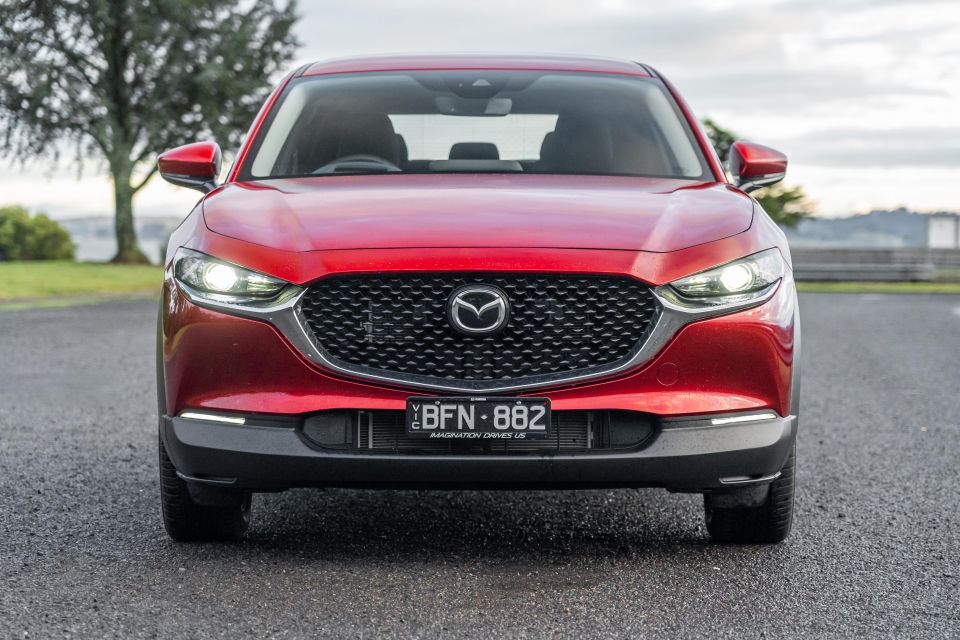

Senior Contributor
Australians love Mazdas. The brand’s market share here has hovered between nine and 10 per cent for a decade, and since 2015 it has finished second on the charts behind only Toyota.
There are few countries anywhere in the world whose people buy as many on percentage terms, and who go back to the brand time-and-time-again.
Fittingly, the brand’s Hiroshima headquarters has acknowledged its Australian operation as the example for heavily-populated regions to follow.
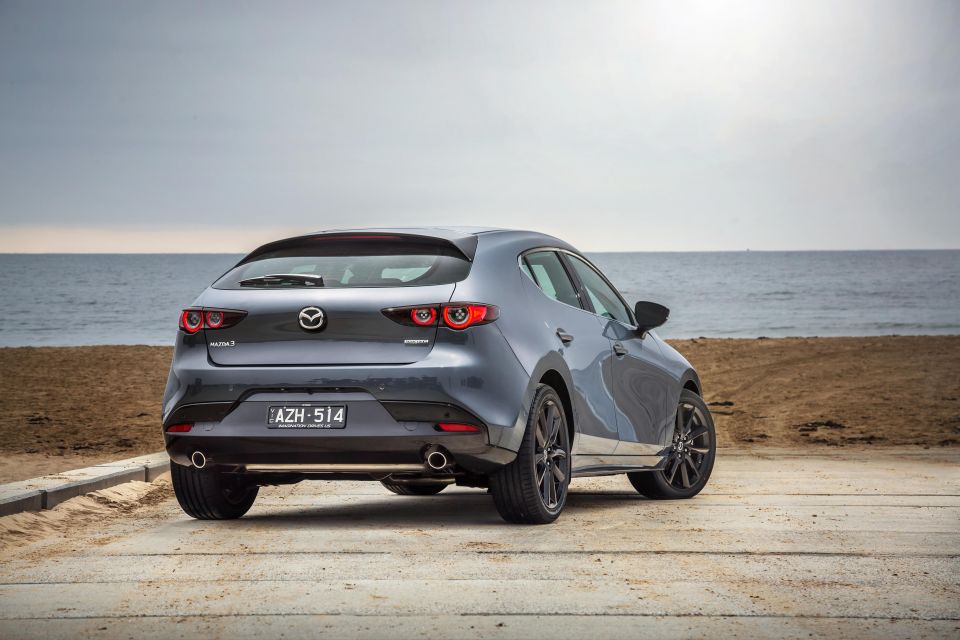
This well-deserved success has given Mazda Australia an advantage few local competitors have. That’s a seat at the table where the really big and important global decisions are made.
For most carmakers, sales in Australia more closely resemble a rounding error. But for Mazda, we’re quite important. And so our market’s tastes play a significant role in product choices made.
For some vehicles this remains as true as ever. Australia played a key part in the global premiere of the first Isuzu-based BT-50 pickup recently, and we are among the absolute top markets for this.

But I’ve seen other signs lately that indicate Australia maybe isn’t quite the priority it once was in other areas.
For example, the long-wished-for 170kW Mazda 3 turbo is set to be made only in left-hand drive, and therefore cannot come here in present incarnation. This is despite Mazda Australia’s executive team making no secret of their desire for a Volkswagen Golf GTI rival.
And surprisingly, there is still no firm word on whether the quirky MX-30 electric car – Mazda’s first – will come here to tackle the Nissan Leaf and Mini Cooper SE. Is it a lack of decisiveness, or a global view that Australia should not get EV stock without firm CO2 targets?

Mazda would be no orphan if it were the latter, in fairness.
Look, there’s no doubt that Mazda needs to focus on China, Europe, and the USA to be on surer financial footing, since these regions can generate far greater growth.
But, the Mazda Australia division that has always punched well above its weight compared to other countries is not an organisation used to waiting and watching when it comes to desirable products.
Let’s put that aside and track sales data, which shows that Mazda Australia’s volumes have been declining steadily since they peaked at 118,217 cars in 2016 – equal to a neat 10 per cent market share.
We’ve seen dips each year since: 116,349 in 2017, 111,280 in 2018, and 97,619 in 2019.
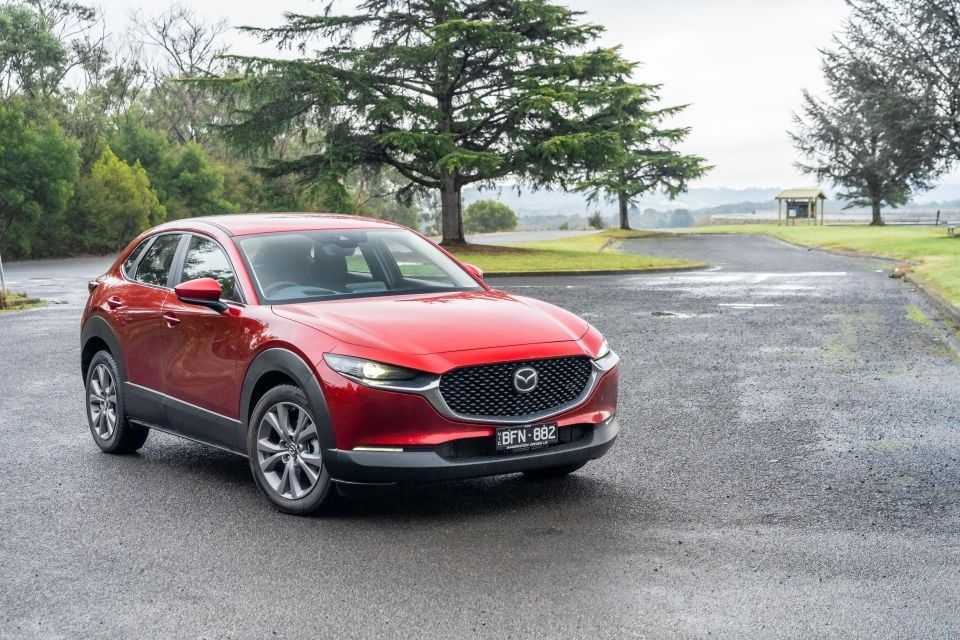
‘Hold on’, I hear you say, ‘the market as a whole has been on a downward slope lately too’. And that is indeed true.
But Mazda’s market share has contracted from 10 per cent in 2016 to 9.2 per cent in 2019. Not a huge percentage, but enough to show Mazda’s decline in sales has outpaced the total market’s decline.
It’s a similar tale in 2020, a nightmare year defined by bushfires early, and COVID-19 since. Market-wide car sales were down 19.2 per cent over the first seven months of the year. But Mazda’s were down 26.6 per cent.
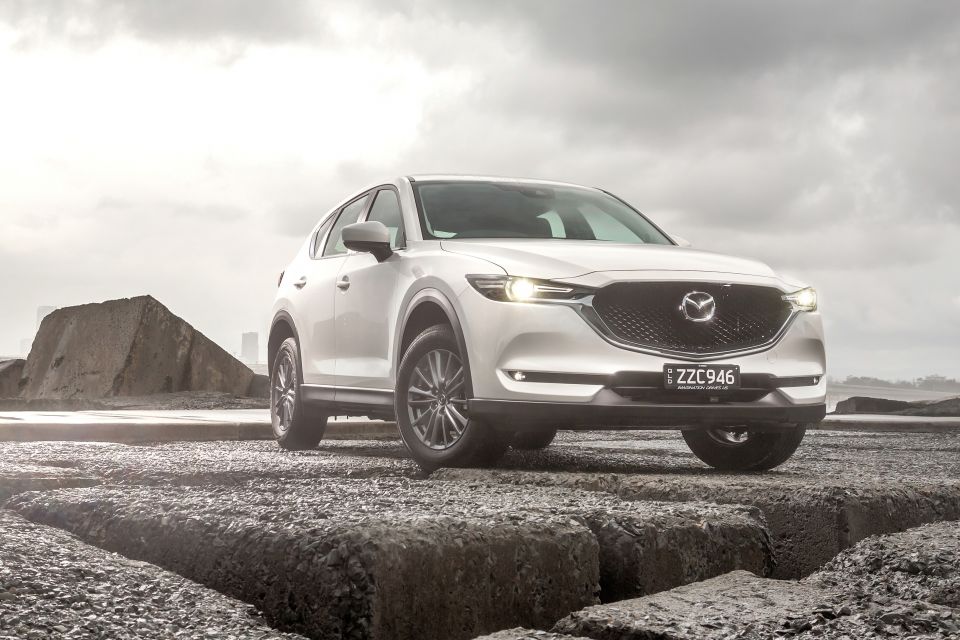
In 2016 it had two vehicles that led their respective segments (CX-3 and CX-5), two that came second (Mazda2 and Mazda6), and one third (Mazda3).
Since then the CX-5 has fallen to second, the Mazda 2 to seventh, and the Mazda 3 to fourth. The CX-3 is now outsold by the Mitsubishi ASX, though it has been re-categorised to the new ‘Light SUV’ segment and reigns supreme in a smaller pond.
When we scan through Mazda’s products, sales for most have declined faster in 2020 than the segment averages over the same period.
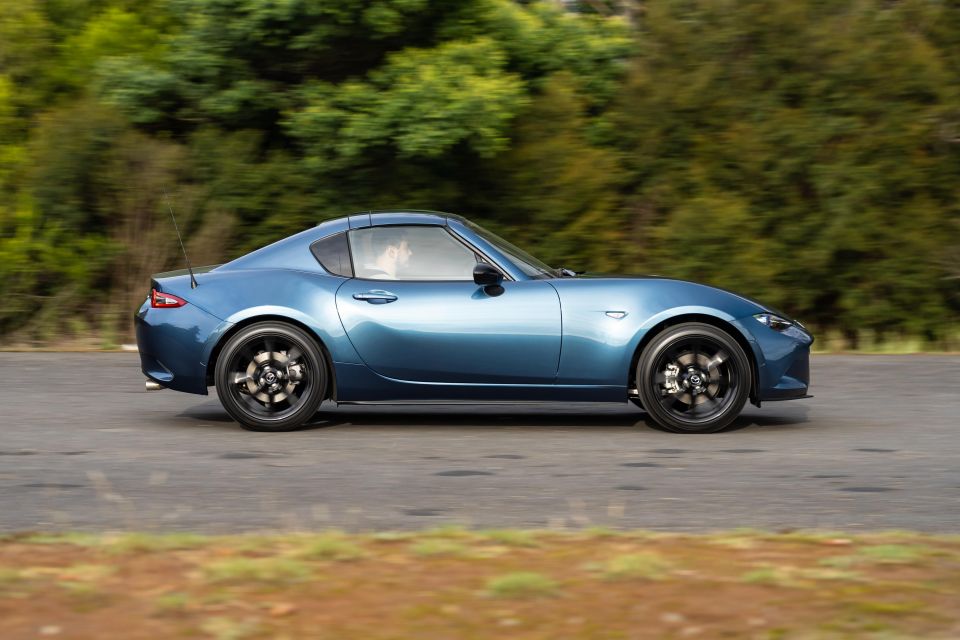
There’s the Mazda 2 (-70.1 per cent), Mazda 3 (-50.6 per cent), Mazda 6 (-45.8 per cent), MX-5 (-28.8 per cent), CX-3 (-17 per cent), CX-5 (down 25.9 per cent), and BT-50 4×2 (down 29.1 per cent).
On the flip side, the 4474 CX-30s sold over H1 are all new and to be commended, and it’s fair to say that some of these buyers might have otherwise bought a Mazda 3, CX-3 or CX-5. But all of them?
It’s of course completely true sales numbers are not the be-all and end-all. If there’s no profit to be had, then selling lots might be more trouble than it’s worth. Mazda has therefore decided to push upmarket. Has it worked?
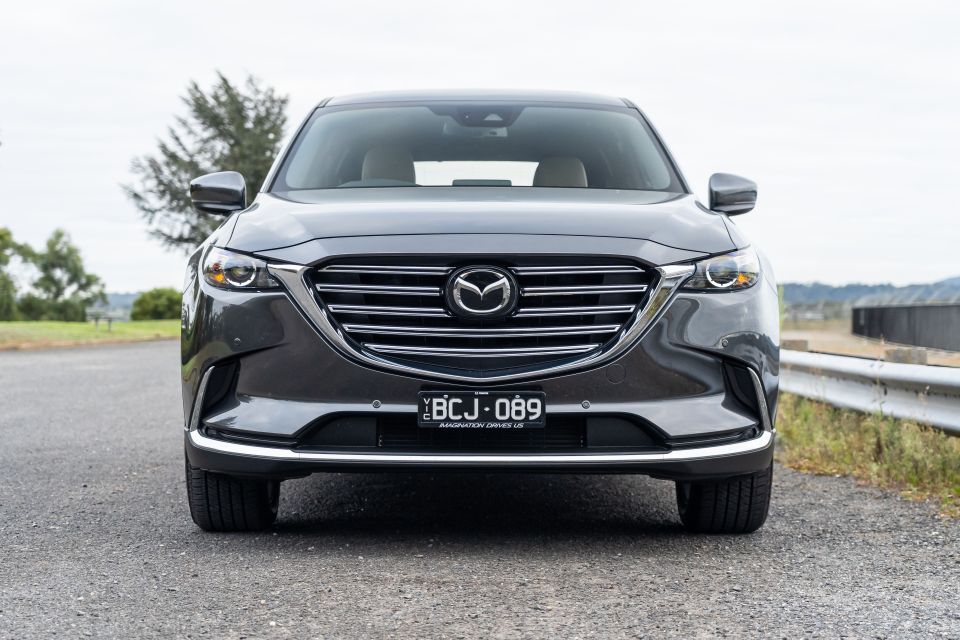
Well, at the end of 2019 Mazda increased the pricing on the unprofitable ‘2’ by between $1600 and $5400 in return for more equipment. Its market share has fallen from 14.7 per cent in the first half of 2019, to 7.8 per cent.
In February 2019 Mazda announced pricing for the new Mazda 3 sedan and hatch would start $4500 higher, in return for a far longer list of luxury and safety features.
Initially its sales fell in line with the segment average. But in 2020 the market share has declined from 18.4 per cent to 12.9 per cent. It’s been overtaken by the Kia Cerato, relegating it to fourth in a segment it once led.
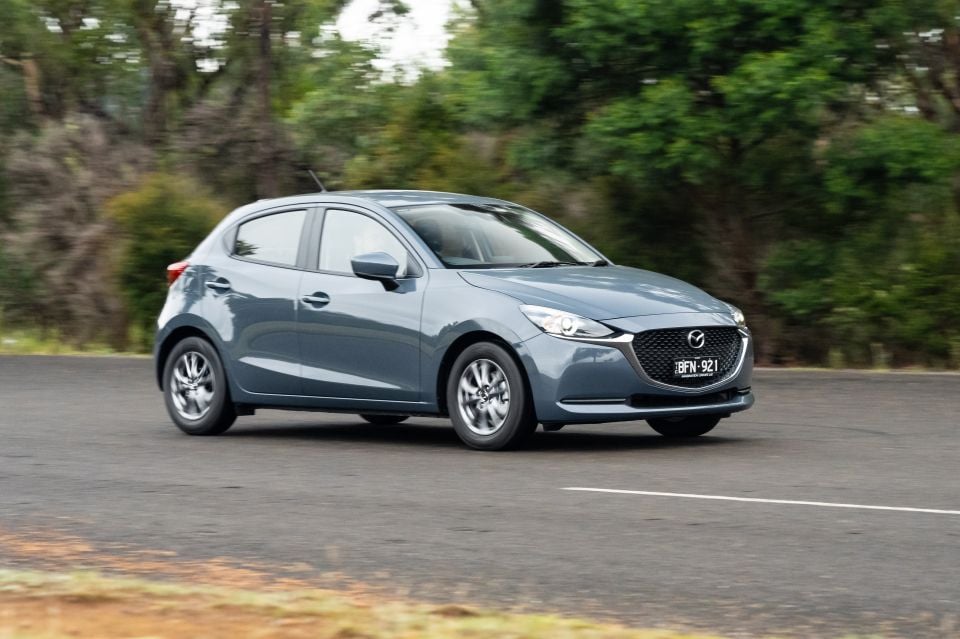
The per-unit margin might be more robust now, but can a declining share of certain segments be considered a good trade-off?
It’s hardly time to assume panic stations. Mazda Australia is still second-in-market, and a big part of the company’s global puzzle. And it would be tough to begrudge any company for having a rough time in 2020.
But it’s interesting that Mazda’s recent sales have declined faster than the market overall, and that it’s no sure thing to get its hands on at least one product it’s keen on. Isn’t it?
Do you want to read more of our thoughts on the auto industry? See our Opinions section here. If brand analysis floats your boat, then this one plotting Hyundai’s recent sales issues might interest you.
Where expert car reviews meet expert car buying – CarExpert gives you trusted advice, personalised service and real savings on your next new car.


Max Davies
6 Hours Ago


William Stopford
6 Hours Ago


Derek Fung
7 Hours Ago


Max Davies
14 Hours Ago


William Stopford
1 Day Ago


Ben Zachariah
1 Day Ago